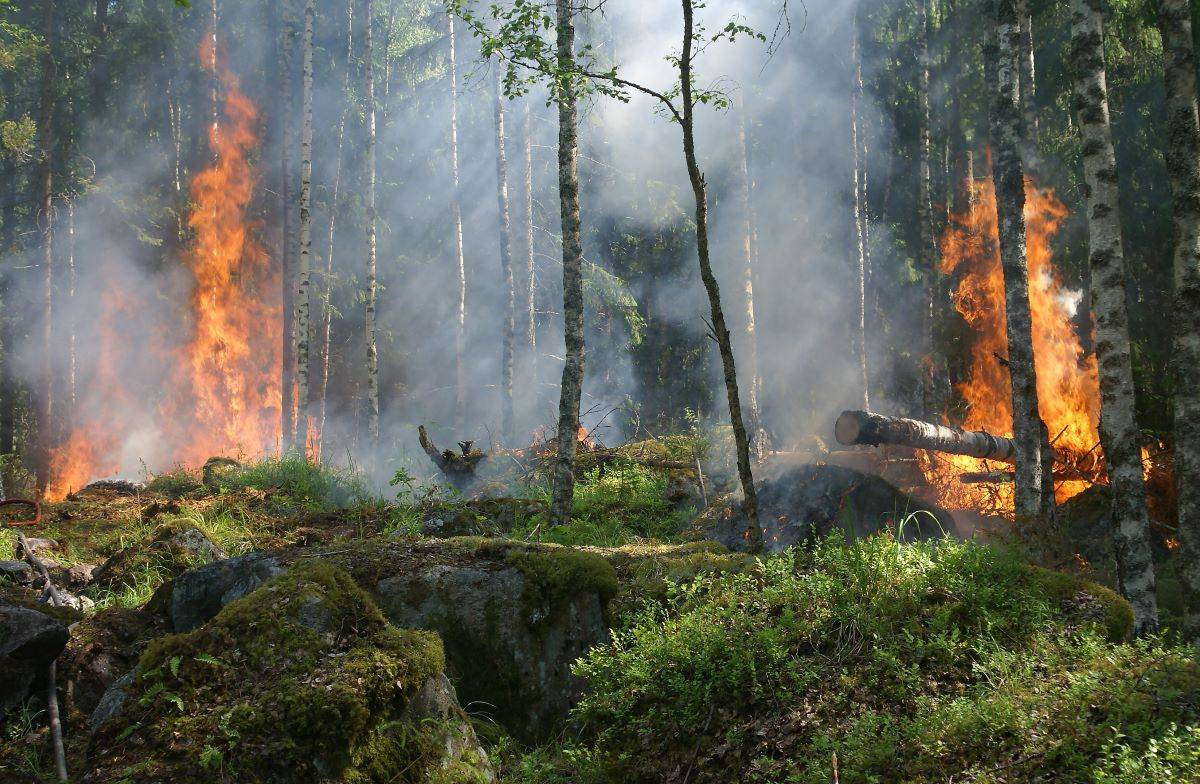
Forest loss in Bolivia experienced a significant acceleration last year, with clearances in the country trailing only those of its giant neighbour Brazil and the Democratic Republic of Congo, according to a report from a forest monitoring project. The report, released by Global Forest Watch, attributes the escalating deforestation to farm expansion and fires.
In 2022, Bolivia lost an alarming 3,860 square kilometers (1,490 square miles) of primary forest, an area roughly equivalent to the size of Rhode Island. This loss is concerning, especially considering Bolivia's decision two years ago not to sign a zero-deforestation pledge by 2030. The country has been supporting the farm industry as a vital economic driver, aiming to compensate for the decline in natural gas production and exports.
The expansion of soy and beef farms has been the primary cause of deforestation, particularly in the lowland regions of Santa Cruz and Beni, which form part of the Bolivian Amazon. These areas are not only essential ecosystems for carbon storage, but they also play a crucial role in generating rainfall and mitigating the effects of climate change.
Marlene Quintanilla, the director of investigations at the Friends of Nature Foundation (FAN), expressed her concerns, stating that the scenario was not good as fewer forests meant their microclimate was changing.
Regrettably, the Bolivian government, dealing with declining export revenues and dwindling foreign currency reserves, had introduced incentives to develop pasture land, which further exacerbated the issue. Furthermore, experts pointed out that there were relatively few fines issued for illegal clearances.
The government has set ambitious targets for agricultural expansion, aiming to have an additional 30,000 square kilometers (11,583 square miles) of cultivated land by 2025 and almost double the cattle herd to 18 million. Presently, less than 10% of Bolivia's territory, approximately 80,000 km2, remains deforested, with half of that land dedicated to intensive farming.
Daniel Larrea, the coordinator of technical-scientific research at the Conservación Amazónica (ACEAA), pointed out the significant expansion of Bolivia's meat industry. He mentioned that thirty years ago, there was no large-scale beef industry in Bolivia and emphasized that agriculture income has now reached the level of hydrocarbons.
However, Larrea admitted that stopping deforestation presents a tremendous challenge because both local and national governments consider substantial areas of Bolivia as uncultivated land that should contribute to the economy.
















